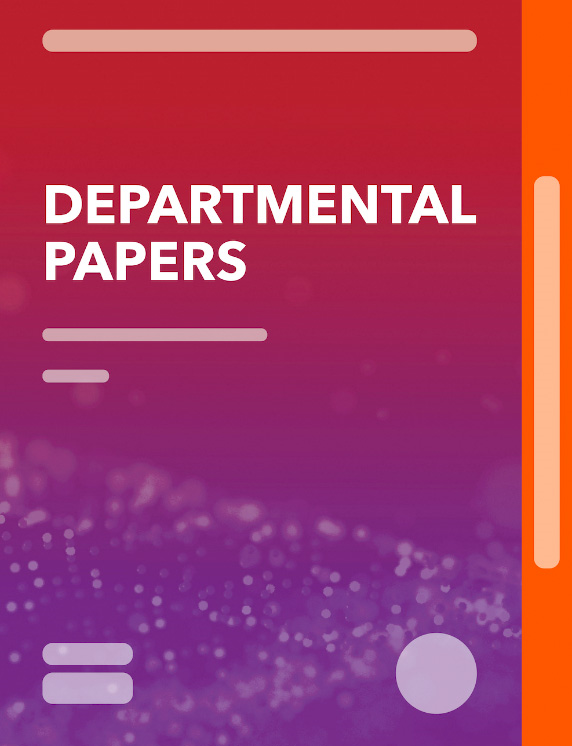U.S. and Euro Area Monetary and Fiscal Interactions During the Pandemic: A Structural Analysis
November 11, 2022
Disclaimer: IMF Working Papers describe research in progress by the author(s) and are published to elicit comments and to encourage debate. The views expressed in IMF Working Papers are those of the author(s) and do not necessarily represent the views of the IMF, its Executive Board, or IMF management.
Summary
Subject: Central bank policy rate, Expenditure, Financial services, Fiscal policy, Fiscal stimulus, Inflation, Interest rate floor, Monetary policy, Prices, Public investment spending
Keywords: AIT gap, Central bank policy rate, changes in the U.S., DSGE Model, Fiscal Policy, Fiscal stimulus, Global, IMF working paper 22/222, Inflation, inflation targeting in the U.S., Interest rate floor, Monetary Policy, Phillips curve, Public investment spending, Western Hemisphere
Pages:
47
Volume:
2022
DOI:
Issue:
222
Series:
Working Paper No. 2022/222
Stock No:
WPIEA2022222
ISBN:
9798400219818
ISSN:
1018-5941







